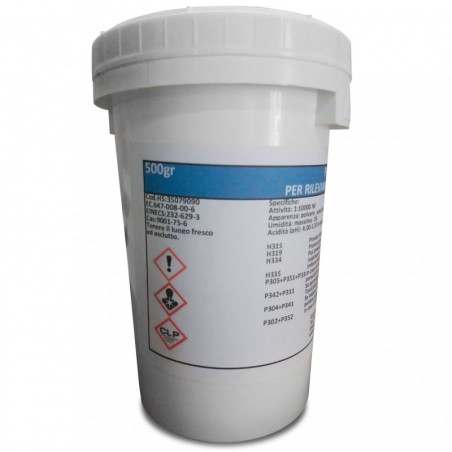Non-typhoidal salmonellosis remains the second leading cause of zoonoses in Europe. The addition of organic acids to the diets of pigs has been reported to decrease the intraluminal concentration of enterobacteria in the gastrointestinal tract (GIT) and to reduce the prevalence of the pathogen in the herd. Organic acids are rapidly absorbed along the GIT being difficult to modify their concentrations in the lower parts of the gut. The microencapsulation of these acids was proposed as a way to provide higher concentrations of acids in the posterior sections of the small intestine and the caecum. The main objective of this work was to investigate the potential of a microencapsulated mixture of organic acids (formic and lactic acid) added to the feed of fattening pigs to reduce the prevalence and shedding of Salmonella when arriving to the abattoir. Two trials were performed. In Trial 1, 24 fattening pigs received one of three diets: a control diet, the same diet including lactic and formic acid (0.4% each) (non-protected blend; NPB), or a lipid microencapsulated blend (0.14% each acid) (protected blend; PB). After 10 days, digesta samples from various parts of gastrointestinal tract were taken. No changes were detected either in pH, total short chain fatty acids (SCFA), lactic/formic acid concentrations in any of the sections studied or in caecal lactic acid bacteria or enterobacteria counts. In Trial 2, 261 pigs from a commercial farm were distributed between the three previous diets in the five weeks before slaughtering. At the abattoir, no change was detected in caecal pH, but increased concentrations (P < 0.05) of formic and lactic acid were found with the NPB and PB treatments. The total SCFA concentration was higher with the PB compared to the control diet (P = 0.002) with a lower percentage of branched chain fatty acids. Both acidified diets decreased enterobacteria in the caecum but did not modify lactobacilli. NPB treatment decreased Salmonella seroprevalence (P < 0.001).
A significant (P < 0.05) increase in Salmonella faecal shedding was found related to the stress previous to slaughter in the control group and PB, but not in the NPB group. More studies will be needed to confirm the usefulness of protected acids to prevent Salmonella prevalence and shedding at the abattoir.

J Willamila, E Creus, J Francisco-Pérez, E Mateu, SM Martín-Orúe. Effect of a microencapsulated feed additive of lactic and formic acid on the prevalence of Salmonella in pigs arriving at the abattoir. 2011. Archives of Animal Nutrition, 65(6): 431-444. http://dx.doi.org/10.1080/1745039X.2011.623047.





